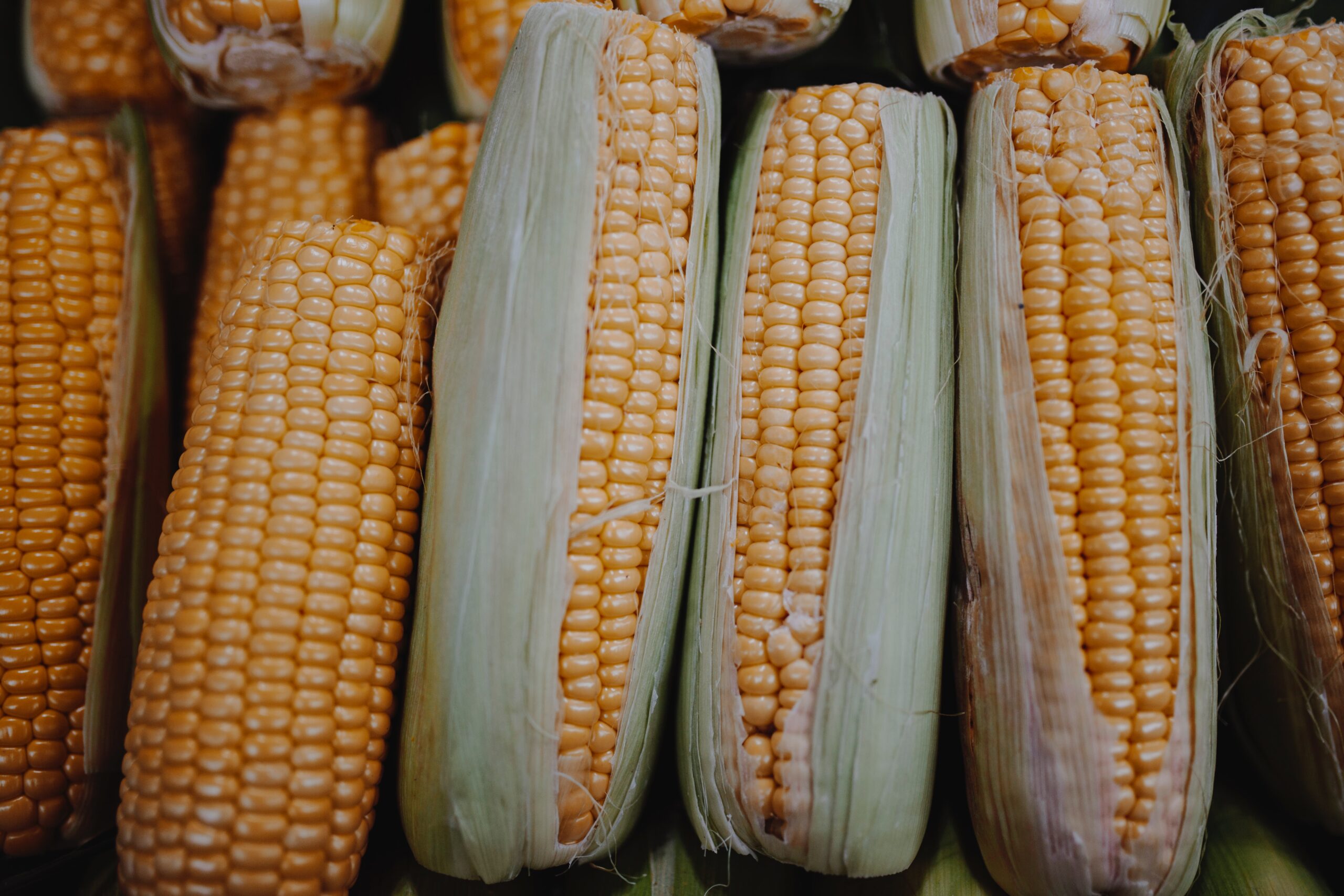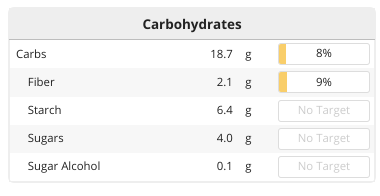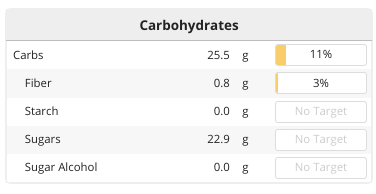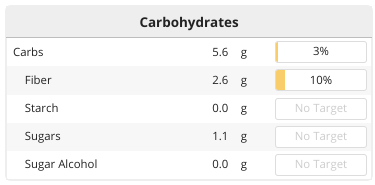Does Corn Have Any Nutritional Value?

I get this question all the time! Sometimes it’s because of something someone read online, or it’s due to the fact that undigested corn shows up in stool. This must mean we’re not absorbing anything from it, right? Not necessarily – keep reading!
Alright, before we dive into this question though, I do want to briefly go over some reasons why you might see undigested food in your stool:
Issues in the upper GI system
- Stomach acid deficiency, which leads to a deficiency in digestive enzymes, leading to undigested food
- Digestive enzyme deficiencies
- Gallbladder issues
Issues in the lower GI system
- Diarrhea: Often when diarrhea occurs, food moves through the GI system too quickly and does not have the chance to properly digest
- Healthy gut bacteria deficiency in the colon (bacteria digest and breakdown some matter we don’t have enzymes for, like fiber)
*If you notice anything abnormal about your stool and/or digestion, I suggest making an appointment with your doctor and/or dietitian*
This is important because when we do not properly digest our food, we do not gain the nutrients from that food. In severe cases, this can lead to malnutrition and nutrient deficiencies.
So, because we might see corn in stool, does that mean there’s a problem in our digestive tract? Or that we aren’t absorbing any nutrition from it?
No, and here’s why:
First, let’s look at what nutrients are in corn in the first place.
1 cob of yellow corn provides:
- 12% DV of pantothenic acid
- 8% DV Phosphorus
- 8% DV vitamin B3
- 7% DV fiber
- 6% DV vitamin B6
Source: whfoods.org (1)
Not the most nutrient dense food, but still a decent source of the vitamins listed. Pantothenic acid in particular is necessary for energy production and fat metabolism in the body. I’d say that’s pretty important! Some people believe there’s no nutritional value in corn at all, which is simply not the case. Yellow, blue, and purple corn also have significant antioxidant profiles due to their deep pigments, which are generally known to reduce oxidative damage brought about by inflammation.
The unique digestion of corn lies with it’s high insoluble to soluble fiber ratio.
Insoluble fiber
- Not water-soluble
- More abundant in non-starchy vegetables and fruit skins
- Helps move stool through and out the digestive tract
Soluble fiber
- Water soluble
- More abundant in starchy vegetables and fruit flesh
- Provides bulk to stools
- Feeds healthy gut bacteria
For more information about the different types of fiber, read: Soluble and insoluble fiber: what is the difference?
What we see in our stool is most of the undigested corn hull, which contains a high content of insoluble fiber. Our bodies do not make the enzymes that break down fiber. That’s what bacteria are for, and most bacteria do not ferment and break down insoluble fiber.
From The World’s Healthiest Foods:
“Corn is somewhat well-known for its high ratio of insoluble to soluble fiber. For example, when people notice that corn hulls may not seem to fully digest after eating, what they are noticing is that the hulls contain plentiful amounts of insoluble fibers, including celluloses and hemicelluloses.
Of course, many parts of the corn kernels do fully digest, and researchers are continuing to expand our understanding about corn and its digestion, especially of its fibers. While the exact steps in human digestion of whole corn are not yet clear, different components in the corn fibers—for example, arabinoxylans in the hemicellulose category of fibers—may be broken down by bacteria in our digestive tract and converted into health-supportive substances.
The bottom line here is simple: just because corn’s fiber content falls overwhelmingly into the insoluble category does not mean that corn fiber fails to provide us with health benefits. Future research should help clarify exactly how corn fibers interact with bacteria in our digestive tract when we enjoy freshly steamed corn in our meals.” (1)
So, the only part we don’t digest from corn is the hull, but we do, however, retain the other nutrients it provides. If you see corn in your stool, know this is normal and your digestive tract is still running smoothly provided you do not notice any other issues. Some people do not digest corn very well, but this is individual. In general, corn, mainly in it’s fresh form, can certainly be part of a healthy eating pattern.
Okay, so we digest some of the corn and it has nutrients, but isn’t it full of sugar?
It does have some sugar, yes, but in reality most of the carbohydrates come from starch and fiber. Let’s look at a small ear of fresh corn (about 1/2 cup) using Cronometer:

Now, let’s compare this to 1/2 cup of Ben & Jerry’s Half Baked ice cream:

In the ice cream, MOST of the carbohydrates are coming from sugar. Okay, now let’s compare to 1/2 cup of cooked, chopped broccoli:

As expected, broccoli has less sugar than the corn: about 1 gram/serving vs. corn, which had 4 grams/serving. BUT, the difference is minimal (3 grams). The starch in corn, however, IS higher, which is why corn is considered a “starchy vegetable”, and broccoli is “non-starchy.” But, the sugar content? Minimal.
Bottom line, corn is a whole, natural, nutritious food. It has more sugar than some other vegetables, but much less when compared to traditional sugary foods like ice cream and other desserts. If you like corn, enjoy it in moderation. In fact, make this Chili Lime Corn & Kale Salad for your next summer meal!
Sources:
1. Corn, Fresh Sweet. The World’s Healthiest Foods. http://whfoods.org/genpage.php?tname=foodspice&dbid=90




Leave a Reply